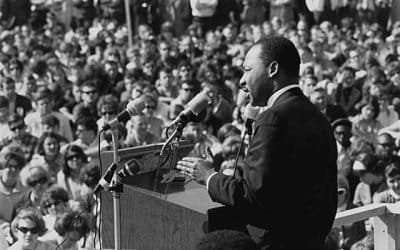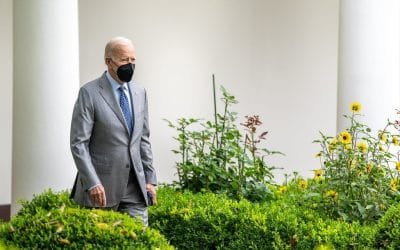Recently, I was visited by a mother frustrated with her son’s education and looking for something more.
She informed me that mid-way through his kindergarten year, they were still learning their letters–most recently, they had been studying the letter “P.” And in honor of the letter “P”, they were having a pajama party in the classroom.
During the discussion, I had on my desk some paragraphs written by my Lower Elementary class, which now includes a boy named Johnny and my daughter Greta, both of whom move up to my literature class from the K-1 Montessori room. Here is the paragraph that Greta, age 5, had written about the novel Abel’s Island:
“It seems that Abel really loves his wife Amanda. He has a lovely picnic and they went into the forest to eat the picnic. He picked a daisy for his wife as a parasol. He goes to get his wife’s scarf even though it is pouring. He plunges into a river and goes down a waterfall but he gets out and he thinks about Amanda. He loves Amanda.”
Here is the paragraph written by my daughter Lana, age 7, reflecting a few more years of reading and writing experience at VanDamme Academy (and written entirely on her own):
“It seems that Abel really loves his wife Amanda. Abel prepares a lovely picnic for Amanda. While Amanda is reading under a fern he picks a daisy for her to use as a parasol. Abel braves a storm just to retrieve Amanda’s scarf. While Abel is thrashed about, pushed under water, drowning, desperate for air, all he thinks about is his wife Amanda. It seems as though Abel is risking his life just for Amanda.”
The 7 and 8-year-old students are universally capable of writing well-structured paragraphs, with topic sentences, examples, and a “clincher.” This ability has been developed gradually: from writing clear and complete sentences about history, literature, and science in the Montessori classroom; to writing paragraphs together as a group under my guidance in the Lower Elementary classroom; to systematic instruction in their writing class with Mrs. Fingerhut; to constructing paragraphs on their own. I now enter the classroom to a din of eager demands: “Can we please write a paragraph by ourselves today?”
The relevant principles are simple. 1) Do not underestimate the ability or motivation of young children. They are capable of more than the letter “P,” and they need not be plied with pajama parties. Producing a well-formed paragraph about a delightful novel is motivation in itself, and a much deeper and more lasting motivation. 2) With proper, systematic instruction, children can advance far in their reading, writing, and thinking ability. The careful, incremental structure of our program enables them to progress naturally, effortlessly, proudly, and happily. 3) We are continually engaged in what I call a “war against boredom.” If Greta and Johnny were learning the letter “P”, pajama party or not, I would have lost them to learning for good.
We are only just beginning to see the academic distance that can be traveled by a student given our belief in their capability, given our systematic approach to teaching them, and given our commitment to continually challenging them. And it is an impressive sight.
|
David Harriman, philosopher and historian of physics, is the originator of VanDamme Academy’s revolutionary science curriculum. An expert both in physics and in proper pedagogy, Mr Harriman developed and taught a two-year course on the history of physics for VanDamme Academy. VanDamme Academy is now making this revolutionary physics course, “Introduction to Physical Science,” available to the public. |




